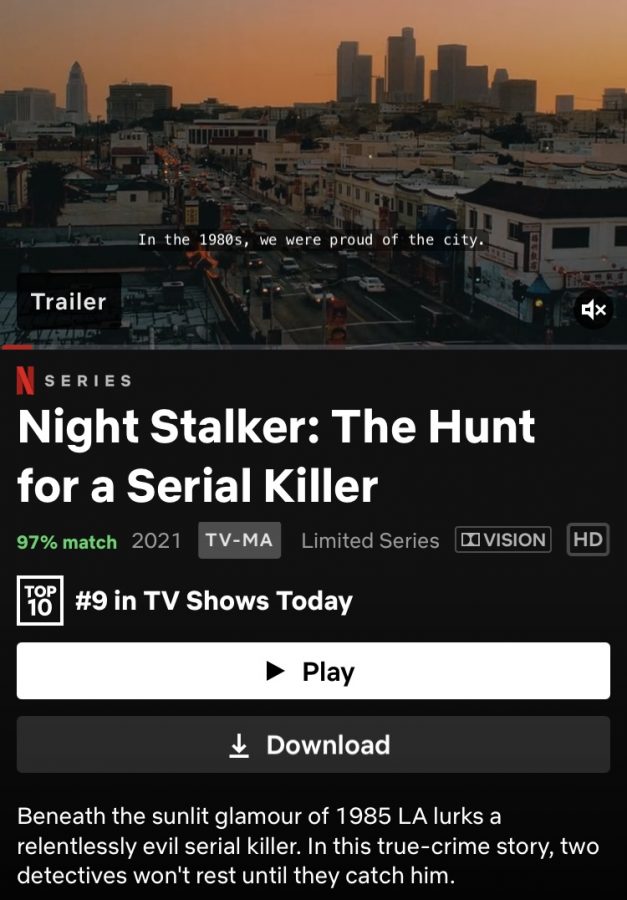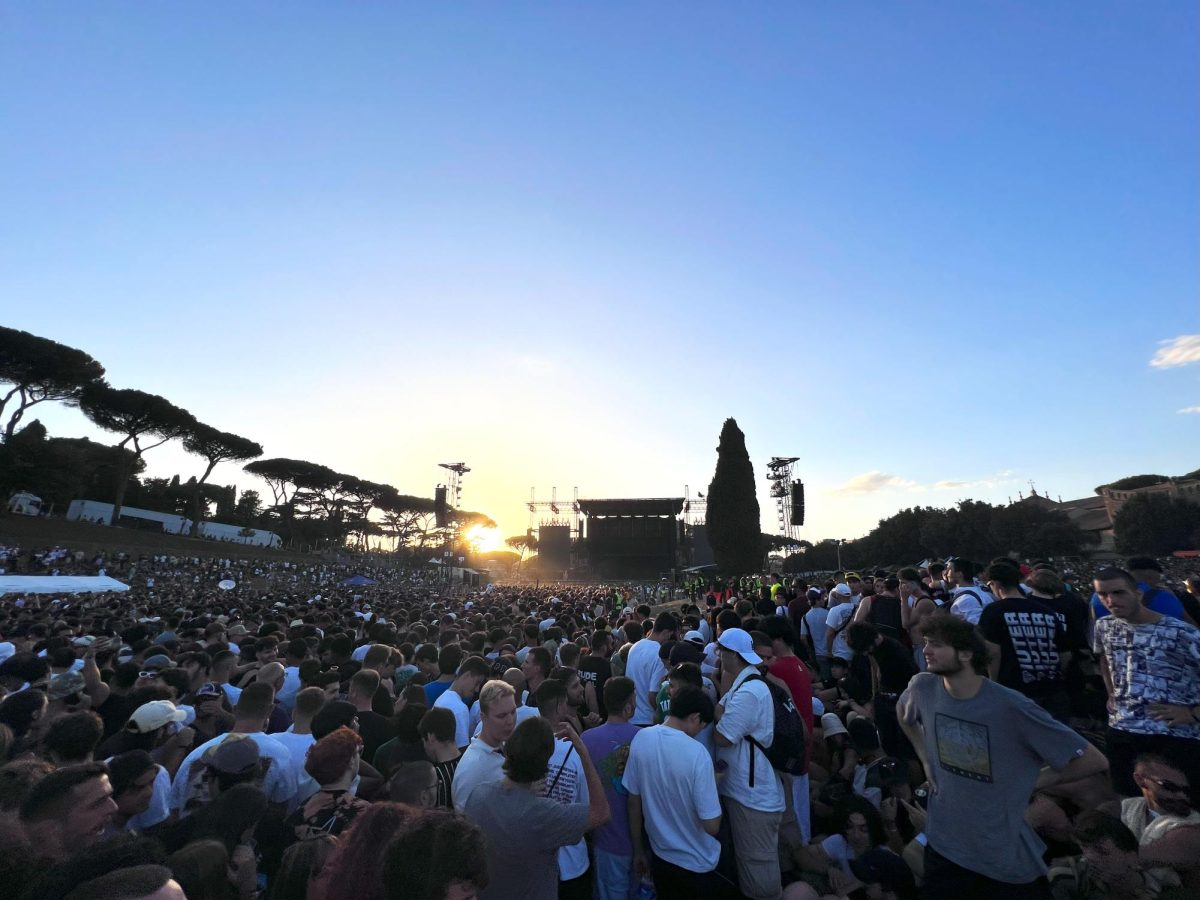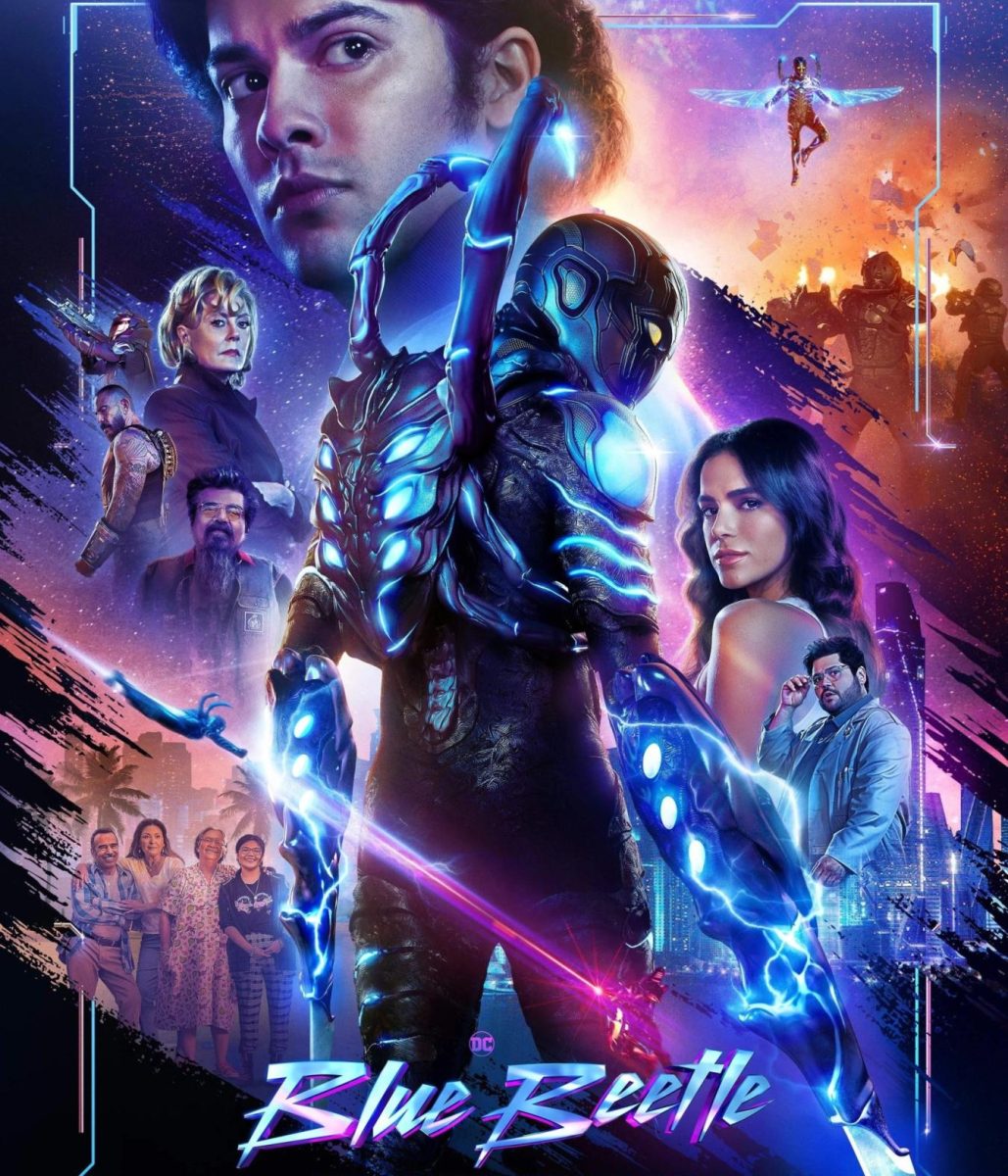With the rise in popularity of true crime documentary series on Netflix, “Night Stalker” seemed destined to get lost among other true crime content.
Within two weeks of being released however, the four-part series landed on Netflix’s top ten trending shows in the U.S. and for good reason.
The series follows 80s serial killer, serial rapist, kidnapper, pedophile and burglar Richard Ramirez.
Ramirez committed his crimes in the Greater Los Angeles area and the San Francisco Bay Area.
The series uses first-hand interviews and accounts from victims who survived and the main detectives who worked on the case back in 1984.
Notable interviews come from Detective Gil Carrillo and Detective Frank Salerno from the Homicide Bureau of Los Angeles County Sheriff.
The interview formats make the viewer feel as if they’re doing the detective work right alongside Carillo and Salerno to catch the serial killer.
Another chillingly effective method director Toller Russell incorporated into the series is distorting the background music during certain scenes to signify a change in topic and mood.
Russell also included a compilation of regular shots paired with inverted shots of Los Angeles to symbolize the darker, flip side to the city’s more glamorized reputation.
The facts presented in the series are fairly accurate and not exaggerated when describing the “Night Stalker’s” various crimes.
Ramirez committed 13 murders, five attempted murders, 11 sexual assaults, and 14 burglaries from 1984 to 1985.
This serial killer is unique in that his victimology is diverse in age, race and gender: overall he showed no pattern.
The Netflix series watches more like a well-paced thriller/horror film but the fact that it is a documentary series with real-life events makes it all the more enticing for viewers to continue watching.
A scene that stood out to me while watching was when Anastasia Hronas, a “Night Stalker” survivor, recalls her kidnapping and molestation.
She was only six years old at the time of the encounter when Ramirez snuck in through her window and kidnapped her.
“Something in the way he would look at me that… It was almost like ‘I’m sorry that I’m doing this to you,” Hronas said in the first episode of the series. “‘But I’m not sorry because I’m not going to stop.’”
She also described how Ramirez would hold her over the sink whenever she said she needed to use the restroom while he molested her.
Her facial expressions and body language during her interview also added more gravity to the goosebump-inducing scene.
Afterward, Ramirez simply dropped her off at a gas station and told her to call 911 or her family and have them come pick her up.
As a disclaimer, I highly recommend not eating super heavy or greasy foods while watching this series because the reenactment footage is graphic and visceral.
Many of the accounts are equally as chilling as Hronas’s.
The way the interviews tie into the music and the striking B-roll shots makes this series a perfect addition to your Netflix watchlist.
Do Carillo and Salerno ever catch Ramirez? And if so, how did they finally do it?
Add the series to your watchlist to find out.
“Night Stalker” gets two thumbs up from me and I recommend it to most viewers, not just true-crime junkies.












